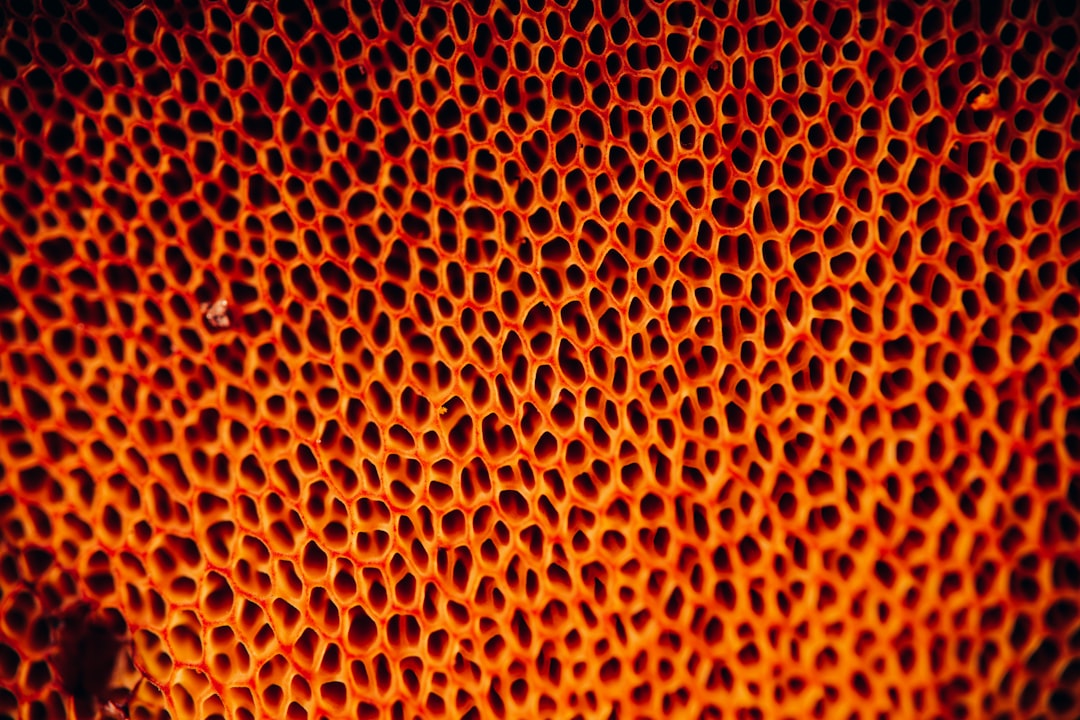What is it about?
OFDM is an important modulation technique currently in development in the field of communications systems. OFDM signals can combat multipath propagation and fading channels and can support large data rates. However, OFDM systems are multicarrier systems and experience problems due to the required summation of sinusoids when the in-phase subcarriers are combined, which produces high power peaks. The large power envelope fluctuations that occur at the output cause in-band and out-of-band distortions that result in degraded BER performance. The literature contains many qualified approaches to resolving the peak-to-average power ratio problem, including selected mapping, partial transmit sequence, and amplitude clipping techniques. The simplest technique is the amplitude clipping technique, and the selected mapping and partial transmit sequence techniques are excessively complicated for real-time implementation. In this paper, we suggest a modification to the amplitude clipping method to produce a novel clipping technique called the side information supported amplitude clipping (SI-SAC) method. The SI-SAC technique involves sending certain bits of extra information so that the receiver can recover all of the clipped data. The SI-SAC technique does not add computational complexity to the system, and simulation results show that the proposed method is superior to the conventional method. The peak-to-average power ratio was reduced by ≈2.5 dB, and the magnitude of the mean squared error vector is the same as that of the original signal that is not clipped. In contrast, the conventional amplitude clipping method produces a mean squared error vector with a large magnitude.
Featured Image
Why is it important?
BER did not degrade
Read the Original
This page is a summary of: Reducing the power envelope fluctuation of OFDM systems using side information supported amplitude clipping approach, International Journal of Circuit Theory and Applications, January 2013, Wiley,
DOI: 10.1002/cta.1896.
You can read the full text:
Contributors
The following have contributed to this page










